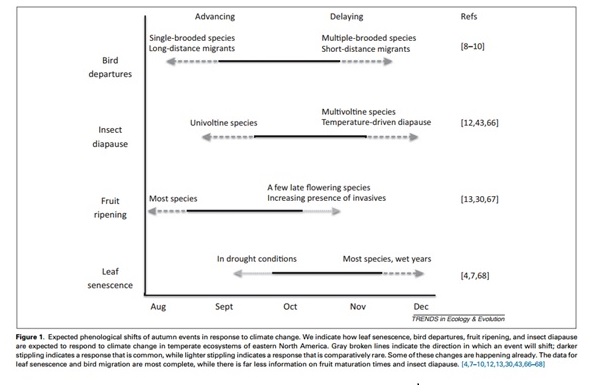Paper suggestions for the month of May.
From David:
Lawson, C. R., Vindenes, Y., Bailey, L., van de Pol, M. (2015), Environmental variation and population responses to global change. Ecology Letters. doi: 10.1111/ele.12437
A new review by Lawson et al. (2015) in Ecology Letters explores the importance of environmental variation in population responses to environmental change. They show that increasing environmental variance can have both positive and negative effects on long-term population growth rates. Importantly, they also demonstrate that omitting environmental variance from population models reduces their ability to predict species' responses to changes in mean conditions. A species might be able to persist when only the mean or variance changes, but is unable to cope with a simultaneous change in both. The authors conclude that accurate predictions of species' responses to environmental change will require a better mechanistic understanding of population growth and vital rate responses to the environment.
From David:
Lawson, C. R., Vindenes, Y., Bailey, L., van de Pol, M. (2015), Environmental variation and population responses to global change. Ecology Letters. doi: 10.1111/ele.12437
A new review by Lawson et al. (2015) in Ecology Letters explores the importance of environmental variation in population responses to environmental change. They show that increasing environmental variance can have both positive and negative effects on long-term population growth rates. Importantly, they also demonstrate that omitting environmental variance from population models reduces their ability to predict species' responses to changes in mean conditions. A species might be able to persist when only the mean or variance changes, but is unable to cope with a simultaneous change in both. The authors conclude that accurate predictions of species' responses to environmental change will require a better mechanistic understanding of population growth and vital rate responses to the environment.

 RSS Feed
RSS Feed
